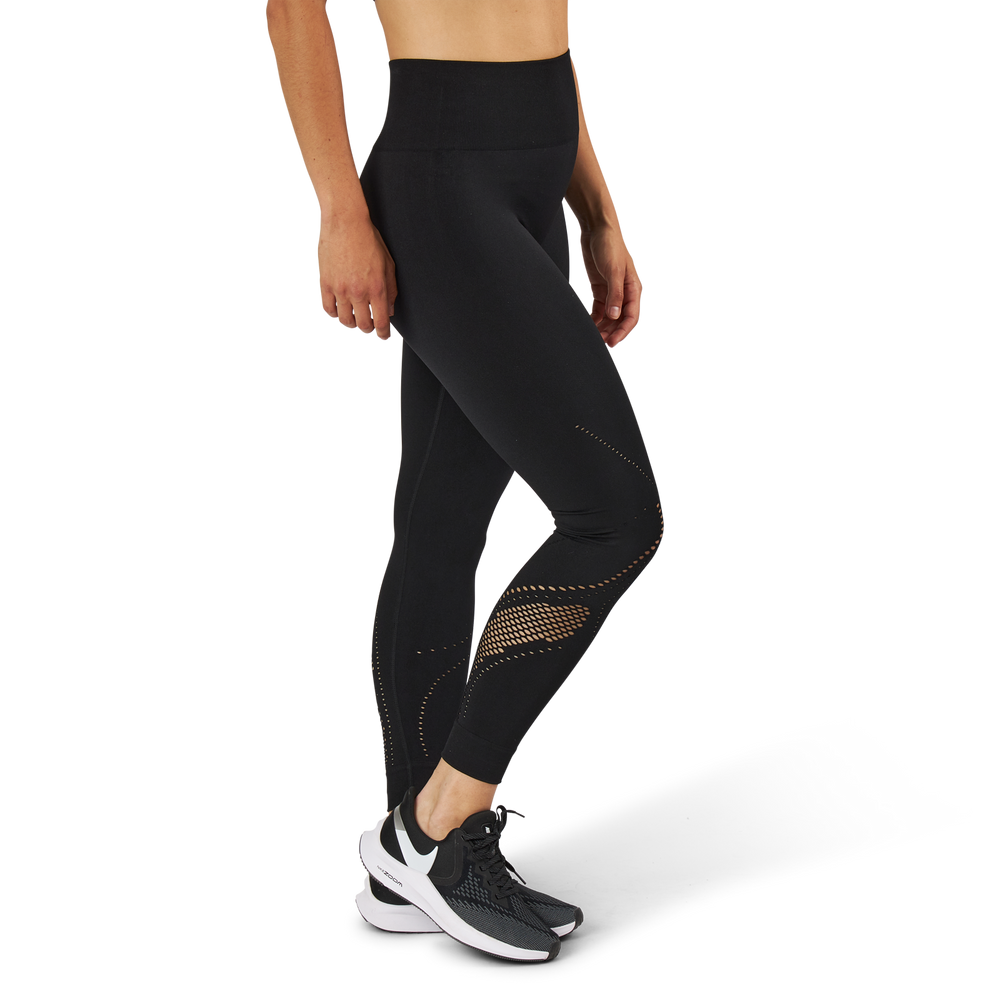
Dynamic Training: Maximize Your Performance and Minimize Injury Risk
What is Dynamic Training?
Dynamic training is a type of training that focuses on movements rather than static positions. Unlike traditional stretching, which often involves holding a position for an extended period, dynamic training involves controlled movements through the full range of motion. These movements are often sport-specific and aim to prepare the body for the upcoming activity.
Some examples of dynamic exercises include:
- Leg swings
- Arm swings
- High knees
- Heel kicks
- Lateral shuffles
Dynamic training is an effective way to warm up the muscles, increase blood flow, and activate the nervous system. By gradually increasing the intensity and speed of the movements, you prepare the body for the upcoming exertion, whether it's a run, a gym session, or a match.
Benefits of Dynamic Training
There are many benefits to incorporating dynamic training into your exercise routine. Here are some of the most important ones:
1. Improved Mobility
Dynamic exercises help increase mobility in joints and muscles. By moving through the full range of motion with controlled movements, you can gradually increase your flexibility without risking overexertion.
2. Increased Explosiveness
Many dynamic exercises involve quick, explosive movements that can help you develop power and explosiveness. This is particularly important for athletes who need to generate a lot of force in a short amount of time, such as sprinters or jumpers.
3. Reduced Injury Risk
By preparing the body for exertion with dynamic exercises, you can reduce the risk of injury. A well-prepared body is more resilient to stress and better equipped to handle sudden movements or changes in direction.
4. Improved Performance
Dynamic training can help you perform better in your sport or training. By activating the muscles and movement patterns specific to your activity, you can optimize your technique and power when it really counts.
Dynamic Warm-up vs. Static Stretching
Traditionally, many have used static stretching as a warm-up before training or competition. Static stretching involves holding a position for an extended period, often 20-30 seconds or more. While this can be beneficial for increasing flexibility in the long run, research has shown that static stretching before exercise can actually impair performance and even increase the risk of injury.
Dynamic warm-ups, on the other hand, have proven to be superior preparation for physical activity. By gradually increasing the intensity and speed of the movements, you raise your body temperature, increase blood flow to the muscles, and activate the nervous system. This leaves you better prepared for the upcoming exertion and able to perform at your best from the start.
How to Integrate Dynamic Training into Your Routine
Adding dynamic training to your exercise routine is simple and can make a significant difference in your performance and health. Here are some tips to get started:
- Start each training session with 5-10 minutes of dynamic warm-up
- Choose exercises that are specific to your sport or training modality
- Focus on controlled movements through the full range of motion
- Gradually increase the intensity and speed of the movements
- Finish with a few explosive movements to activate fast-twitch muscle fibers
By dedicating a little time at the beginning of each training session to dynamic warm-up, you can lay the foundation for safer, more effective, and more enjoyable training. So, the next time you lace up your shoes or step into the gym, take a few minutes to prepare your body with dynamic movements – your body will thank you!
Summary
Dynamic training is a powerful tool for optimizing your performance, reducing injury risk, and getting the most out of your training. By incorporating sport-specific, dynamic movements into your warm-up, you can prepare your body for the upcoming exertion in a way that traditional static stretching cannot match. So, whether you're an elite athlete or a health-conscious fitness enthusiast, dynamic training is worth considering. Move, have fun, and experience the difference for yourself – your body will thank you in the short and long run!













